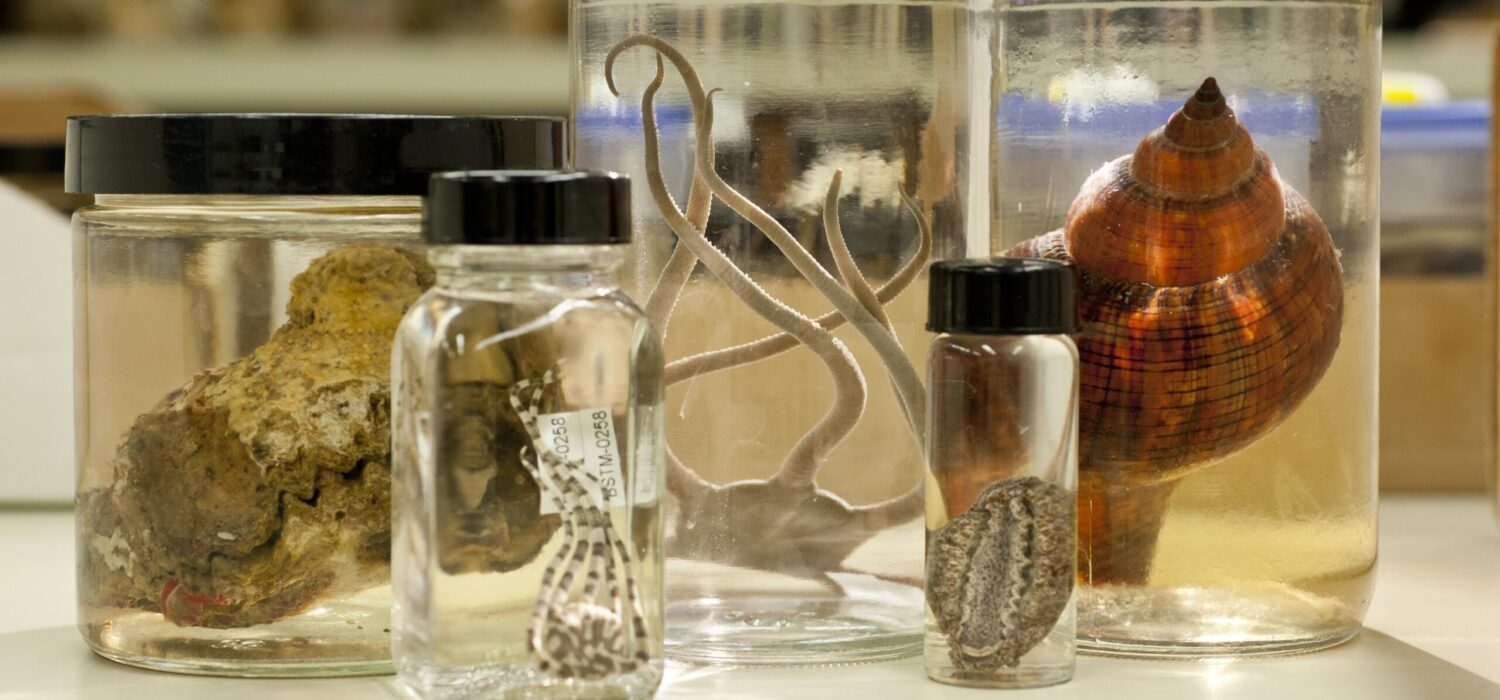President Obama’s budget request for fiscal year (FY) 2014 requests $7.6 billion for the National Science Foundation. This is a proposed increase of $592.7 million, or 8.4 percent over the FY 2012 appropriation.
Increases are proposed for all mission areas within NSF. The Research and Related Activities account, which includes funding for the various disciplinary directorates, would receive an increase of 9.2 percent. This would fund an additional 4,600 competitive awards during the fiscal year, although the agency’s funding rate is expected to remain at 24 percent.  Education and Human Resources, which funds education research and various fellowships, would grow by 6.2 percent.  Major Research Equipment and Facilities Construction would increase by 6.6 percent. The budget for administrative efforts would receive a modest increase of 1.6 percent.
The budget request includes increases for several Presidential priorities, including big data, interdisciplinary research, sustainability, and innovation commercialization. Toward these goals, the President proposed an increase of $77.5 million for cyberinfrastructure for the Big Data initiative, $42.7 million in new funding for interdisciplinary research, an increase of $65.8 million for sustainability research, and an additional $17.4 million for NSF Innovation Corps.
NSF would become the government-wide leader for undergraduate STEM education, as part of the reorganization proposed by the Administration. A new NSF-wide activity, Catalyzing Advances in Undergraduate STEM Education, would be created from consolidation of several existing NSF programs. The guiding principles for the new program are to focus investments on student retention, establish the portfolio through collaboration among all NSF directorates, gather input from outside experts, and base future investments on evaluation and demonstrated impacts.
NSF would expand its support for graduate students and early career scientists.  The Graduate Research Fellowship program would be renamed the National Graduate Research Fellowship, to reflect the consolidation of STEM education programs across the government. The program would award an additional 700 fellowships, for a total of 2,700 new fellows in FY 2014; NSF would enhance the program to provide a wider range of career development opportunities. A new graduate program, NSF Research Traineeships, is proposed to support traineeship programs at universities. The program would replace the Integrative Graduate Education and Research Traineeship (IGERT) program. The Faculty Early Career Development program (CAREER) would support 500 new awards in FY 2014.
The budget for the Biological Sciences Directorate (BIO) would increase by 6.8 percent to $760.6 million. Â BIO provides about 64 percent of federal funding for non-medical, basic life sciences research, including environmental biology, at academic institutions.
The number of research grants awarded and average award size would increase from the FY 2012 level. Â The funding rate across the directorate is expected to increase, largely due to the implementation of the new proposal submission process.
Several NSF-wide initiatives would receive new funding within BIO. In addition to $8.5 million in additional funding for the Science, Engineering and Education for Sustainability initiative, BIO would receive $18.1 million in additional funding for the Research at the Interface of the Biological, Mathematical, and Physical Sciences (BioMaPS) program. The directorate’s support of clean energy technology would grow by $7.0 million. Within the Integrative Organismal Systems, a $5.0 million increase would focus on mapping circuits that drive behavior in a variety of organisms. Additionally, $4.5 million in new funding is proposed for software infrastructure for sustained innovation and cyberinfrastructure in the life sciences.
Support would continue for digitization of scientific information associated with biological specimens held in U.S. research collections. FY 2014 investments would be guided by the strategic and implementation plans developed by the community.
A new program would be created with the Division of Environmental Biology to link long-term planetary biodiversity data with specimen/collections data. The Strategic Integration for Biological Sciences would be supported with $2.0 million.
More details are available in a report from the American Institute of Biological Sciences. Download your free copy at www.aibs.org/public-policy/budget_report.html.

